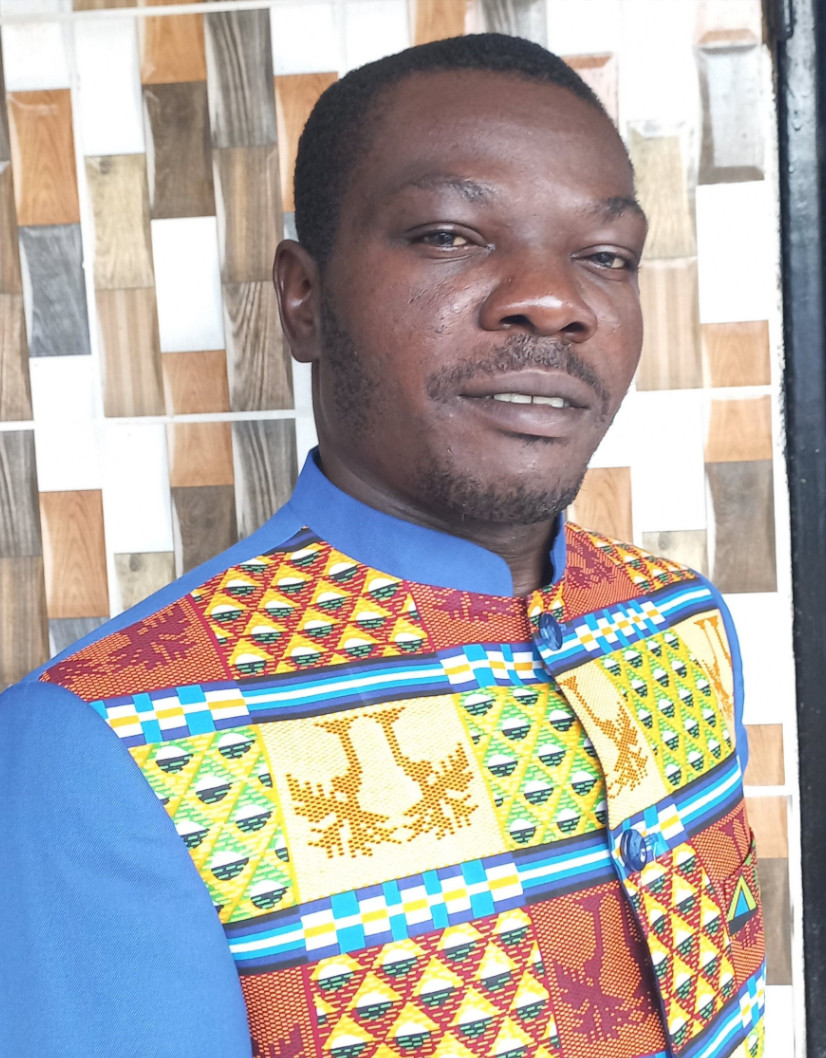
Philippe Djorwé, PhD
Senior Lecturer on quantum computing and quantum optics
University of Ngaoundéré
from February to May 2025
Born in 1984 in Obala, Cameroon
Bachelor in Physics and Master in Physics from the University of Ngaoundéré, PhD in Quantum Optomechanics from the University of Yaoundé 1
Fellowship
Iso Lomso-Fellow
Project
Toward Exceptional Point Quantum Sensors
Enhancing the sensitivity of conventional sensors is one of the challenging topics that nanotechnology is facing today. Owing to the recent Covid-19 pandemic and other needs in disease/nanoparticular detection, there is a common sense agreement that more sensitive, more accurate, and faster detection devices are needed. Indeed, tiny nanoparticles are not accurately detected due to the unresolved output spectrum from the commonly used conventional sensors, and a preamplification is often required to resolve this signal. To overcome this limitation, this project proposes a new generation of mass sensors/spectrometers based on exceptional points (EPs), which are non-Hermitian degeneracies. Due to the topological feature at the EP, any perturbation (nanoparticle) induces a frequency splitting that scales as the square root of the perturbation strength, resulting in a giant sensitivity-factor enhancement compared with conventional sensors. Our aim is to optimize the sensor’s parameters through analytical calculations and numerical simulations. Later on we will figure out the quantum fluctuation effects on the EP-sensor’s performance. Two types of physical circuits will be considered as benchmarks: the optomechanical EP-sensor and an electronic EP-sensor based on an RLC circuit.Recommended Reading
Djorwé, Philippe, Yan Pennec, and Bahram Djafari-Rouhani (2019). “Exceptional Point Enhances Sensitivity of Optomechanical Mass Sensors.” Physical Review Applied 12 (2): 024002. https://doi.org/10.1103/PhysRevApplied.12.024002.
– (2020). “Self-Organization Synchronization of Mechanically Coupled Resonators Based on Optomechanics Gain-Loss Balance.” Physical Review B 102 (15): 155410. https://doi.org/10.1103/PhysRevB.102.155410.
Mbokop Tchounda, Stella R., Philippe Djorwé, Serge G. Nana Engo, and Bahram Djafari-Rouhani (2023). “Sensor Sensitivity Based on Exceptional Points Engineered via Synthetic Magnetism.” Physical Review Applied 19 (6): 064016.
Publications from the Fellow Library
Djorwé, Philippe (Ithaca, NY, 2025)
Saturable nonlinearity induced quantum correlations in optomechanics
